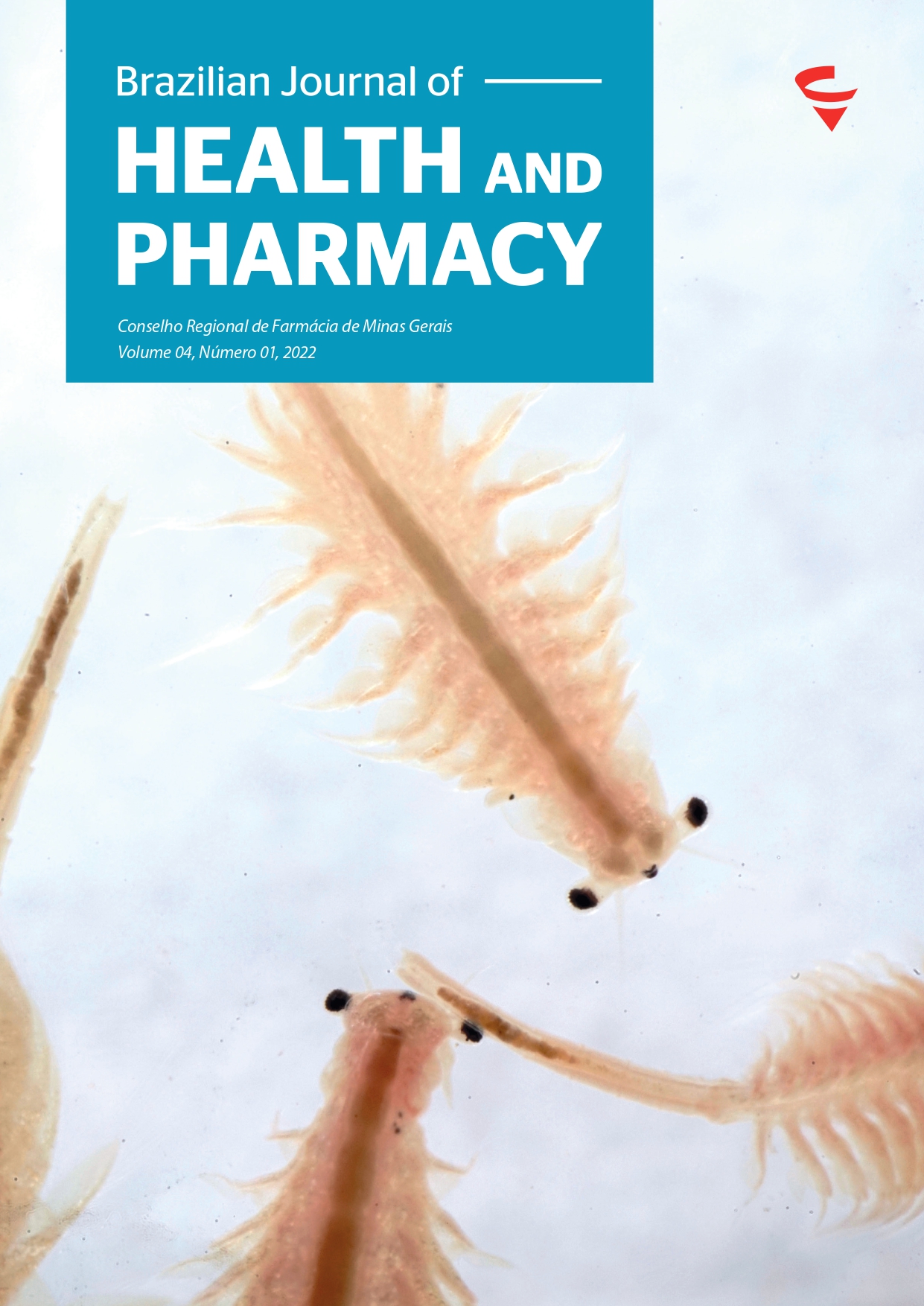Abstract
Although there are currently more than 400 methods for assessing the antioxidant activity of natural compounds, all in vivo models still require the use of rodents. In this context, the use of alternative models, such as invertebrate species, has gained prominence. Here, we standardized an in vivo model to study the antioxidant activity of natural compounds using Brine shrimp (Artemia salina Leach) as an alternative to rodents. Exposure of A. salina nauplii to 0.1% hydrogen peroxide (H2O2) for 1h was considered a potential model. Herein, rutin, which possesses well-known antioxidant activity, abolished the H2O2-induced lethality in A. salina nauplii. In conclusion, the low cost, easy maintenance, and absence of the need for ethical approval make A. salina a promising model for in vivo evaluation of antioxidant compounds.

